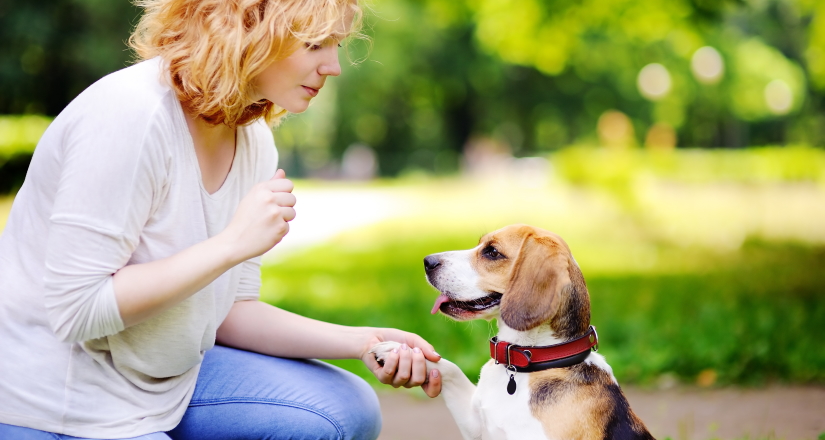Let’s acknowledge the fact that dogs are adorable, and we all love to play with them. So, how would you feel taking that as a job? Because playing with dogs all day is like a dream come true for most if not all of us. But if you enjoy the company of these happy and loving pets, a career as a dog trainer might be the perfect job for you.
However, it is not like you can start training dogs immediately. Like every other profession, being a dog trainer takes some formal education and, most importantly, time and practice. There is a lot to know before you start working as a dog trainer because it is much harder to train a dog than to teach your pet dog a few simple commands.
First of all, you would need some education and courses related to dog training, and then you will have to spend enough hours working with dogs practically to be considered a professional dog trainer.
But that is not all; you will have to get certified to take it up as a profession, so you have the knowledge and skills to train dogs. Are you interested in becoming a dog trainer? Then you have arrived at the right place.
This article includes a detailed guide on how to become a dog trainer and encompasses all the things you would need to know to start your career as a dog trainer.
What Does Dog Training Include?
Professional dog training combines the knowledge of animal behavior with practical training skills. The goal of every dog trainer is to raise well-adjusted and well-behaved dogs. The duties and responsibilities of a dog trainer include the following:
- Socialization training
- Housetraining
- Obedience training
Trainers may use different methods, such as crate training, clicker training, positive reinforcement, and operant conditioning, etc.
Some dog trainers focus on training puppies, whereas others focus on re-training and rehabilitating adult dogs. Training puppies is much easier as compared to training adult dogs since dogs are made to unlearn old behavior and then relearn new behavior.
It is a part of dog training to correct the behavior of dogs who have become anxious, aggressive, or isolated for some reason. Therefore, apart from teaching commands, a big part of dog training is to identify the behavioral or health issues that are causing problems in the dog’s behavior.
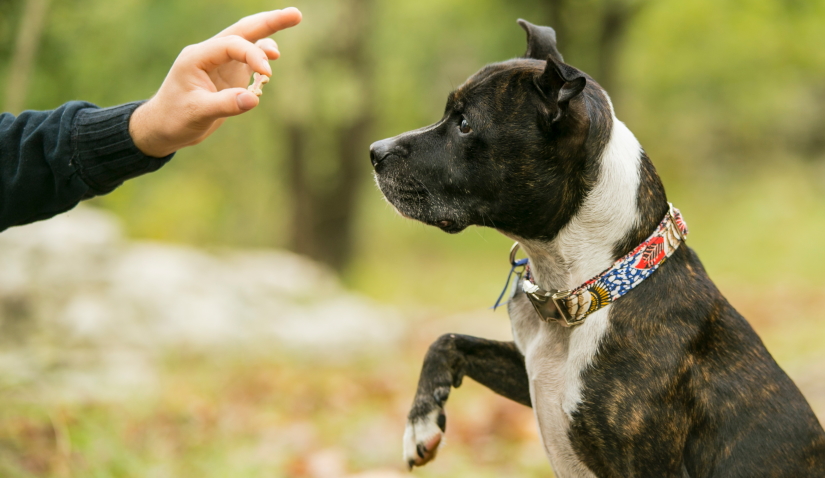
Nick Arnette famously said, “My Labrador retriever had a nervous breakdown. I kept throwing him a boomerang.”
Although he used it as a bit, the mental health of a dog should not be taken lightly. It is a part of dog training to identify the underlying cause of behavioral issues and train them accordingly. Sometimes that includes crate training, while other times it may include therapy or shock training.
The usual dog training duties and responsibilities generally include the following:
- How do dogs learn things?
- How to read the body language of dogs?
- How to understand the different behaviors of dogs?
- What are different dog training methods?
- How to carry out a dog training class?
- What to teach in a dog training class?
- How to check the behavior of a dog?
- How to customize a one-to-one training class?
- How to communicate with dog owners?
- It also includes getting information from case studies and dealing with real dogs and their owners.
But The Question Is How to Get Started on This Journey?
It is good news that people are hiring more and more trainers for their dogs, and the industry is booming. So read on discover what path you should take to become a trustworthy and successful dog trainer.
What Would You Require to Become a Professional Dog Trainer?
The pre-requisites of a career in dog training are:
- A genuine and deep love as well as respect for dogs
- An open and investigating mind
- Great observational skills
- An attitude that screams “can do.”
- Deep understanding of the behavior of canines
- Qualifications and training for yourself (so the pet owners can trust you from the start)
- A big toolbox that is full of interesting ideas to make sure training is fun and easy for your clients – the dog that you will be training as well as its owner. You can also keep up with your web knowledge to give some extra information to pet owners like the best e-collars for working dogs, or the best dog grooming kits available these days.
First Step: Start by Educating Yourself
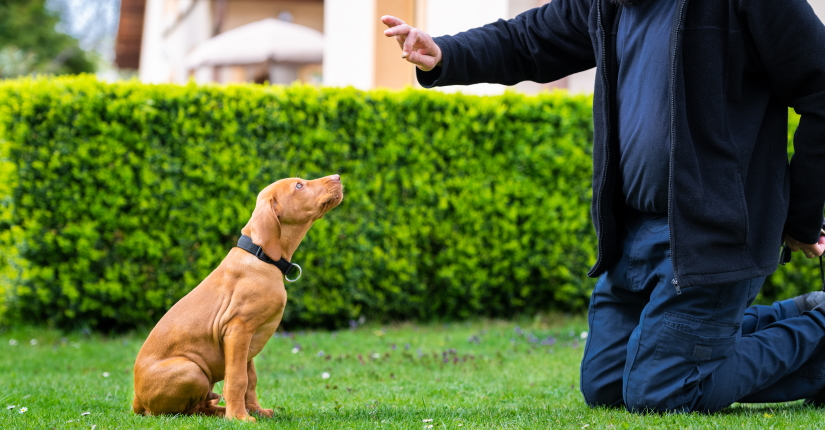
Like other fields, dog training is a specialized profession and needs formal education. Although a lot of dog trainers are self-taught, it is much better to get a degree or certification in dog training.
Dog training is based on the science of animal behavior, and therefore, formal education is essential to understanding the reasons for dog behavior, training techniques, and so forth. Luckily, there is a variety of dog training courses available that can help you get the formal education you need. They come in a different format, including:
- Apprenticeships,
- Workshops,
- Online courses,
- Dog training schools,
- Dog training courses in community colleges,
- Voluntary work,
- Certification examination.
It is essential to gain as much information about dogs as possible. There are innumerable online resources available that can provide you valuable information; PetMD is a great source for information related to pet health, We Love Doodles has in-depth information about the doodle breed, and our site has information about almost every dog breed in the world. These sources can help you prepare for your dog training career.
Now, let’s discuss what you’d need to start your dog training education phase:
1. Assess Your Personality
The first thing you must find out is whether your personality is suited to dog training.
Being a dog trainer takes a lot more than just liking dogs or having knowledge about dog training techniques. It requires patience, persistence, creativity, confidence, flexibility, and excellent communication skills.
It’s not enough to love dogs; to become a good dog trainer, you must have the required personality traits too! Therefore, get a personality assessment to see if you have a personality that suits this profession.
Moreover, as dog training falls in the category of the service industry so as a dog trainer, you will be interacting with people as much as with dogs, so, if you do not like social interaction, then dog training might not be the profession you should be choosing for yourself.
Additionally, most dog trainers are self-employed, and thus they generate their own business. You need to have good communication skills to convince people of your ability to train their pets.
Even if your personality assessment tells you that you have what it takes to become a dog trainer, I would suggest that you spend some time in a professional dog training environment to see if you are suited to the job. There are a couple of ways to do it:
- Volunteer at a dog training center,
- Apprentice with a dog trainer,
- Spend time with your pet dog or your friends’ pet dogs for prolonged periods.
Once you know that you have the personality and the temperament required to become a dog trainer, then you should start thinking about getting the required education. There are two ways to do that; informal education and formal education.
2. Learn Online Informally
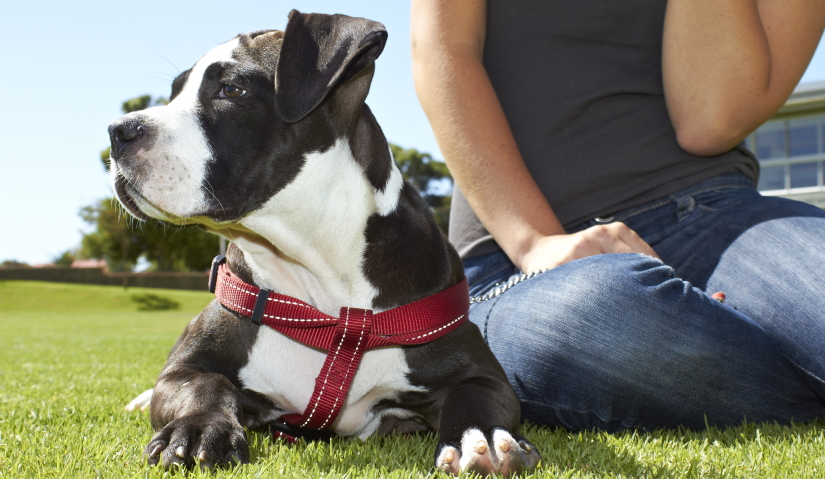
If you want to be a self-taught dog trainer, then the best thing you can do is to learn from online resources. There is enough material available online to educate one about the history of dog training, dog behavior, dog obedience, dog healthcare, and every other detail you would need to train dogs.
To validate your training skills and knowledge, you can obtain certification afterward. The Certification Council of Professional Dog Trainers (CCPDT) provides certifications. To be eligible, you must have:
- A minimum of 300 hours’ experience in dog training within the last 3 years.
- An attested statement from a CCPDT certificant or a veterinarian
The certification exam is a 180 MCQ exam. No formal education is mandatory to sit in the certification exam. If you pass this exam, you become a certified dog trainer.
3. Get Formal Education
The other and preferable method of getting an education is from a training school or any other formal program. Dog training programs are usually available in a local animal shelter or community colleges in most cities.
Obtaining formal education ensures that you know the science of animal behavior, the latest research-backed training techniques and tips, dog anatomy, and other essential information.
However, formal education does not guarantee that you become an excellent dog trainer; you must gain practical knowledge too. That brings us to our next step; get the experience.
Second Step: Get Experience
It is not enough to just train your dog because that dog is already familiar to you. The goal here is to be able to handle the dogs that are not already close and familiar to you. You should start training dogs as soon as possible as it will help you build real-world training skills.
To achieve this step, you need to have background knowledge about how dogs learn, and the answer is that dogs are a lot like kids in this regard. Their level of understanding is close to a toddler of age, around 2 years. At this point, they only care about the immediate consequences. It is only when they grow up that they start to understand our words.
Usually, there are three types of intelligence in dogs:
- Adaptive: This means how well a dog can learn from its environment
- Working and obedience: This refers to the ability of dogs to learn and understand the commands you teach them
- Instinctive: This type of learning is related to the traits acquired by dogs naturally
To gain practical knowledge, you must start training dogs:
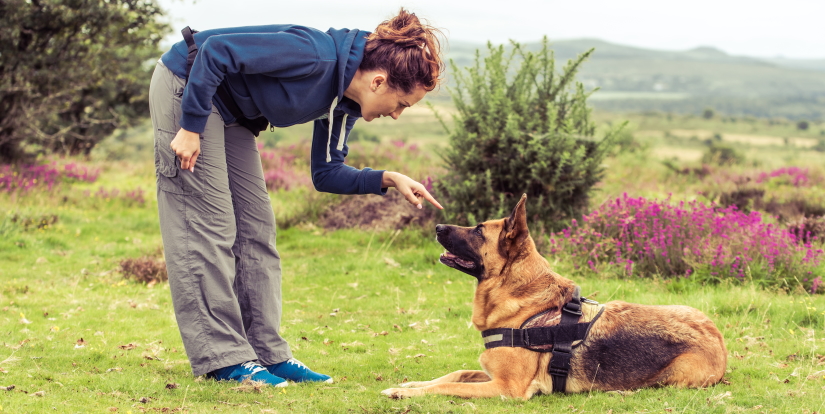
1. Start Training Dogs
It is also important to know that not all dogs respond to the training the same way. So, you would have to change and adapt according to every dog. For example, the pet owner might not want you to use a certain method like negative reinforcement or insist on using some specific training method.
In some cases, the pet might be a little hard to work with, like your little furry friend won’t stop barking no matter whatever you try. So, the sooner you start training dogs practically, the sooner you will be able to achieve the sense and flexibility to cater to such situations.
Bonus Tip:
You can either choose to train dogs or the people around you, but the best option is to volunteer at an animal shelter as a helper or apprentice.
2. Train Other People
So here is to remind you that as much as your job includes interaction and involvement with dogs, humans still make a big part of it. You would also have to train other people to train their dogs. You should also have some cheat sheets or manuals for people to educate them about some tricks and tips about training dogs.
Step Three: Get Certification
Needless to say, if you want to be taken as a serious candidate as a dog trainer, it would be great to have some certification on your resume.
Some important certifications
There are several different reasons people like to take the assistance of a dog trainer. It can be to resolve behavioral issues of the pet or to take obedience classes. However, people always look out for the certifications, and the kind of reinforcement trainer uses. According to Companion animal psychology:
“There are many reasons to use humane methods rather than aversive ones (which, technically speaking, are positive punishment and negative reinforcement). The use of reward-based dog training methods is associated with better welfare, and there are some indications it may even produce better results.”
Generally, KPA CTP, VSA-CDT and, IMDT are some of the best certifications for the field. These certifications usually are six months to two years long. Other than having certifications being a member of one of the reputable organizations like Association of Professional Dog Trainers, APDT that allow non-compulsive or LIMA approach.
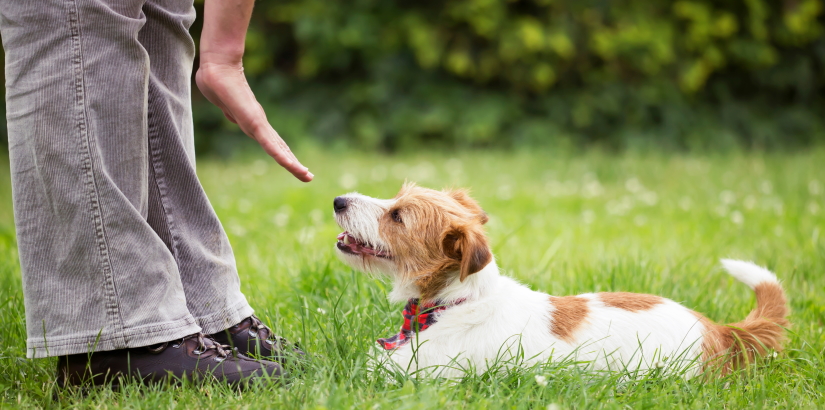
Learn the Basic and Essential Dog Training Tips
So, here is all you need to know to get started on the journey of being a dog trainer. We hope this article helped you, and if we missed anything, leave a comment below.
Read our detailed guide on Basic and Essential Dog Training Tips to learn more.
